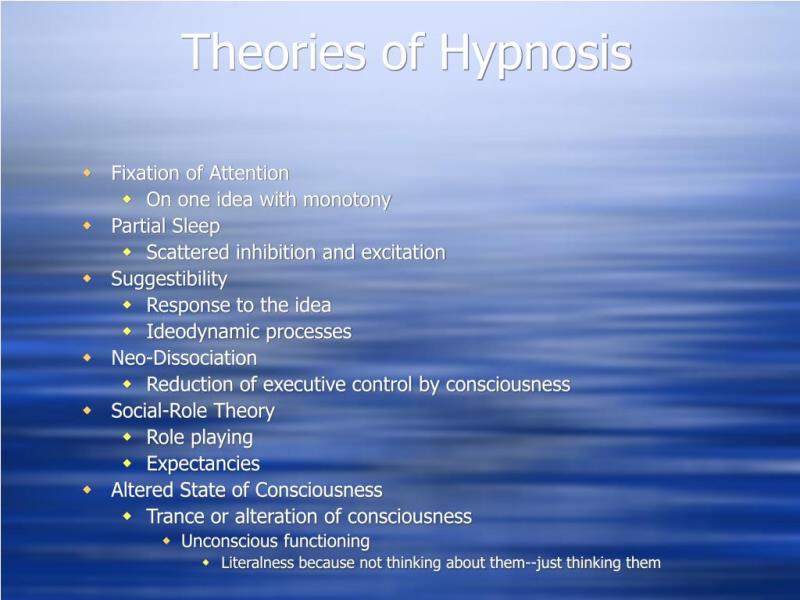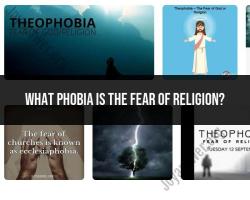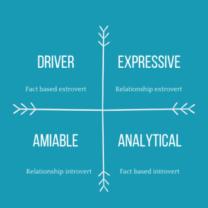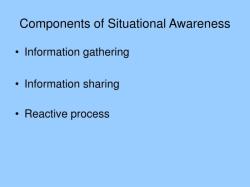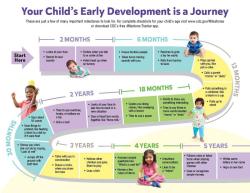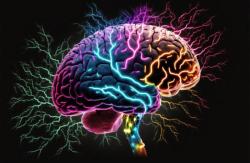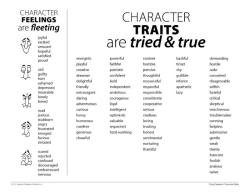What is the Divided consciousness theory of hypnosis?
The Divided Consciousness Theory of Hypnosis is one of the explanations for the phenomenon of hypnosis. This theory suggests that hypnosis involves a splitting or division of consciousness into two separate components. One part of the mind is aware of and responsive to the hypnotist's suggestions, while another part retains a level of awareness and control.
Key points of the Divided Consciousness Theory include:
Conscious and Subconscious Mind:
- According to this theory, the mind is divided into a conscious part and a subconscious (or unconscious) part. The conscious mind is associated with everyday awareness and rational thought, while the subconscious mind contains memories, emotions, and automatic processes.
Selective Attention:
- Hypnosis is thought to involve a heightened state of suggestibility, allowing the hypnotized person to focus intensely on specific suggestions from the hypnotist. This heightened suggestibility is believed to result from a narrowing of attention, with the conscious mind focusing on the hypnotic suggestions and the subconscious mind becoming more receptive.
Amnesia and Altered State of Consciousness:
- The theory proposes that under hypnosis, there can be a form of amnesia or forgetfulness for the experience, as the conscious mind may not retain memories of the hypnotic session. This amnesia is attributed to the selective attention and division of consciousness.
Controlled and Automatic Processes:
- The theory suggests that during hypnosis, certain mental processes that are typically under conscious control become more automatic and responsive to suggestions. This includes changes in perception, sensation, and memory.
Role of Expectation and Belief:
- The Divided Consciousness Theory acknowledges the role of expectation and belief in the hypnotic process. Individuals who believe in the efficacy of hypnosis and are open to suggestion may be more likely to enter into a divided state of consciousness.
Applications in Therapy:
- This theory has implications for understanding the therapeutic benefits of hypnosis. It suggests that by accessing the subconscious mind and influencing automatic processes, hypnosis may be used to address various psychological issues, habits, and behaviors.
It's important to note that while the Divided Consciousness Theory is one perspective on hypnosis, there are alternative theories that interpret hypnosis differently. Some researchers and practitioners argue that hypnosis may involve social and interpersonal factors, such as the influence of the hypnotist and the expectations of the individual being hypnotized.
Hypnosis remains a complex and debated phenomenon within psychology, and different theories contribute to our understanding of this altered state of consciousness.
What are the fundamental concepts and tenets of the Divided Consciousness theory in hypnosis?
The Divided Consciousness theory in hypnosis, also known as the Neo-Dissociation theory, was proposed by Ernest Hilgard in the 1970s. This theory suggests that hypnosis involves a split in consciousness, resulting in two distinct parts: the "hidden observer" and the "hypnotic subject."
Hidden Observer:
The hidden observer is a conscious part of the mind that remains aware of what is happening during hypnosis but does not actively participate in the hypnotized state. This hidden observer is able to monitor the situation, evaluate the suggestions being given, and make decisions about whether or not to follow them.
Hypnotic Subject:
The hypnotic subject is the part of the mind that is more susceptible to suggestion and hypnosis. This part of the mind is more accepting of the suggestions given by the hypnotist and is more likely to experience the effects of hypnosis.
Key Tenets of the Divided Consciousness Theory:
Hypnosis involves a split in consciousness: The theory argues that hypnosis creates a division in consciousness, separating the hidden observer from the hypnotic subject.
Hidden observer remains aware: The hidden observer remains conscious throughout the hypnotic state, passively observing and evaluating the situation.
Hypnotic subject is more suggestible: The hypnotic subject is more receptive to suggestions and instructions from the hypnotist, leading to the desired effects of hypnosis.
Hidden observer controls the hypnotic subject: The hidden observer has the ability to accept or reject suggestions from the hypnotist, influencing the depth and extent of hypnosis.
Hypnosis is not a state of unconsciousness: Contrary to popular belief, hypnosis is not a state of sleep or unconsciousness. Rather, it is a heightened state of focus and suggestibility.
Evidence Supporting the Divided Consciousness Theory:
Post-hypnotic amnesia: The ability to forget events that occurred during hypnosis suggests a separation between the hidden observer and the hypnotic subject.
Ideomotor responses: The tendency for hypnotized individuals to respond involuntarily to suggestions supports the idea of a hidden observer monitoring the situation.
Cognitive dissonance: The discomfort experienced when holding contradictory beliefs, such as believing in hypnosis while also believing it's fake, aligns with the theory of a divided consciousness.
Brain imaging studies: Research suggests that hypnosis activates different brain regions than those involved in conscious attention, supporting the notion of a distinct state of consciousness.
Hypnotic analgesia: The ability to experience reduced pain during hypnosis implies a separation between the pain-perceiving part of the mind and the hypnotic subject.
Criticisms of the Divided Consciousness Theory:
Alternative explanations: Some argue that the observed phenomena in hypnosis can be explained without resorting to the concept of divided consciousness.
Lack of direct evidence: The existence of the hidden observer is difficult to prove directly, relying on subjective reports and indirect measures.
Individual variability: The degree to which individuals experience divided consciousness during hypnosis varies greatly, making it challenging to establish a universal theory.
Need for further research: More rigorous research is needed to fully understand the mechanisms underlying hypnosis and the role of divided consciousness.
In conclusion, the Divided Consciousness theory in hypnosis offers a plausible explanation for the observed phenomena of hypnosis, particularly the ability to follow suggestions and experience altered states of awareness. While the theory faces certain limitations and requires further research, it has been influential in shaping our understanding of hypnosis and its potential applications.
